 |
|
 |
|
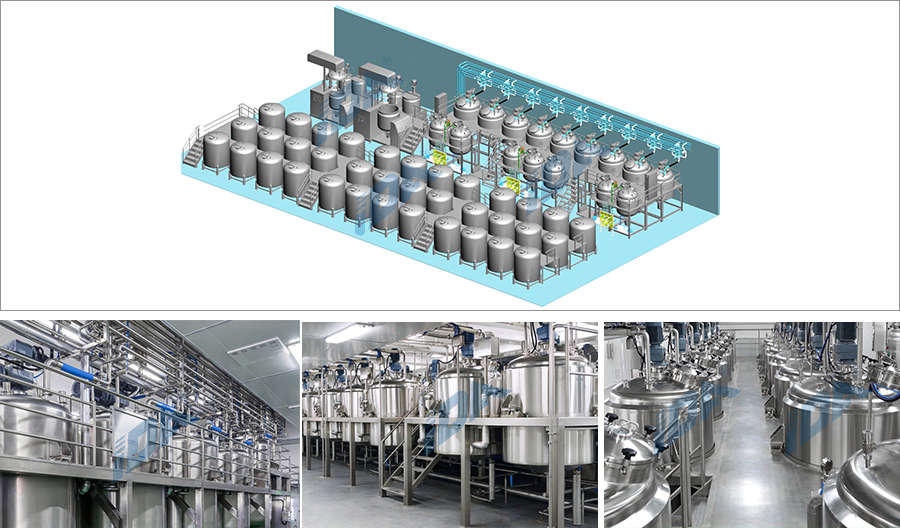
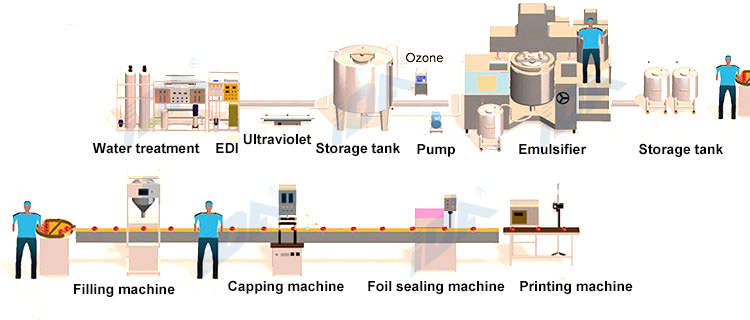
cosmetic cream is emulsified product with skin care effect.
According to the appearance state, there is cream (soft texture) and cream (hard texture);
According to the oil content, there is vanishing cream and neutral cream (moisturizer) and balsam; According to the emulsifier type, there are oil-in-water (O/W) type and compound emulsification type (W/O/W or O/W/O).
Cream cosmetics involve 5 major systems from development to finished products, of which the emulsification system is a very critical part, which will affect the stability and use effect of the product.
The production process and production process of cream cosmetics:
In the actual production process, although the same formula is used,the stability and other physical properties of the prepared product are also different due to differences in temperature, emulsification time, feeding methods, and stirring conditions during operation. Therefore, according to different formulas and different requirements, the appropriate preparation method can be selected to obtain high-quality products.
Production Process:
1. Oil phase
Add the oil wax ester emulsifier and other oil-soluble ingredients into oil pot, turn on the heating, and heat the ester at 70-75°C under constant stirring to fully melt or dissolve it evenly for use. (Note: Avoid excessive heating and long-term heating to prevent oxidative deterioration of raw materials)
2. Water phase
First add deionized water to the water pot, add water-soluble components and water-soluble emulsifiers to it, heat at 90-100°C with stirring, maintain sterilization for 20 minutes, and then cool at 70-80°C for later use.
If it contains water-soluble polymer, it should be prepared separately, dissolved in water, fully stirred at room temperature to swell to prevent agglomeration, if necessary, homogenize, add water phase before emulsification, avoid prolonged heating to avoid viscosity Variety. 3%-5% more water can be added to supplement the water volatilized during heating and emulsification.
3. Emulsification and cooling
The above two-phase materials are added to the emulsifying pot in a certain order, and stirred and emulsified for a certain time at a certain temperature.
During the emulsification process, the addition method of the oil phase and the water phase, the addition speed, the stirring conditions, the emulsification temperature and time, the structure and type of the emulsifier have a great influence on the shape and distribution of the emulsified particles.
The homogenization speed and time vary with different emulsification systems. For systems containing water-soluble polymers, the homogenization speed and time should be strictly controlled to avoid excessive shearing, destroying the structure of the polymer, causing irreversible changes, and changing the rheological properties of the system.
If the formula contains vitamins or heat-sensitive additives, they should be added at a lower temperature after emulsification to ensure its activity, but attention should be paid to its solubility. After emulsification, the emulsification system should be cooled to near room temperature. The discharge temperature depends on the softening temperature of the emulsification system. Generally, it should be able to flow out of the emulsification pot by virtue of its own gravity. It can also be pumped out or pressed out by pressurized air.
4. Aging and filling
Generally, it is stored and aged for a day or a few days before filling with a filling machine. Before filling, it is necessary to check the product fragrance and appearance.
The quality index is checked again, and the filling can be carried out only after the quality is qualified.
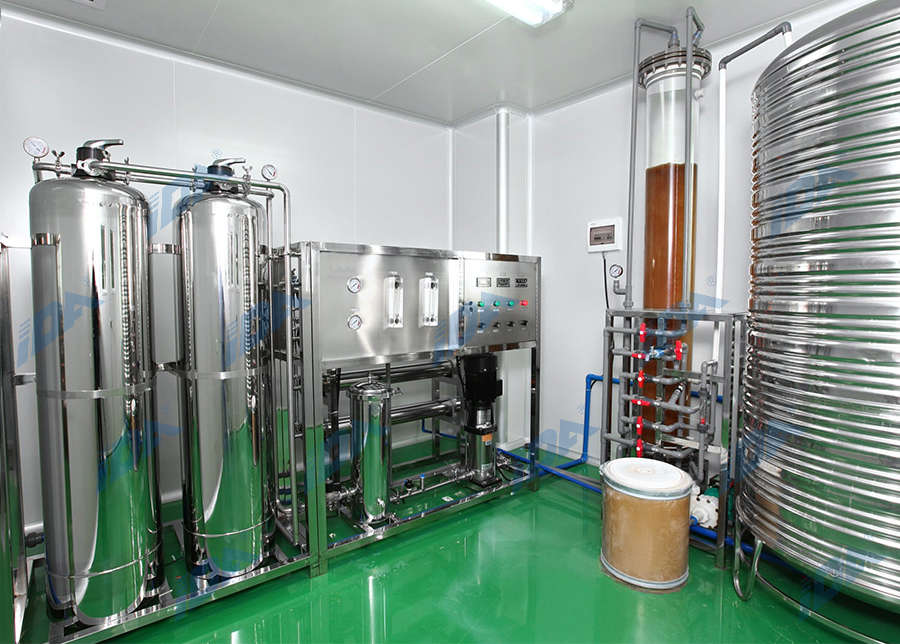
Reverse osmosis water treatment
1、The reverse osmosis device is small in size, easy to operate, and has a wide range of applications;
2、Using reverse osmosis equipment to treat industrial water, without consuming a large amount of acid and alkali, without secondary pollution, and its operating costs are relatively low;
3、The desalination rate of reverse osmosis is ≥99%, and the desalination rate of the whole machine is ≥97%, which can effectively remove 98% of organic matter, colloid, bacteria, etc.;
4、The conductivity of the produced water is good, the first grade is ≤10μs/cm, the second grade is about 2-3 μs/cm, EDI ≤0.5μs/cm (raw water ≤ 300μs/cm);
5、High degree of operation automation, no need for manual guards, automatic shutdown when water is full, automatic startup when there is no water, automatic air flushing of the pre-transfer material at regular intervals, microcomputer controller automatically flushes the reverse osmosis membrane, and the conductivity of raw water and pure water can be displayed online;
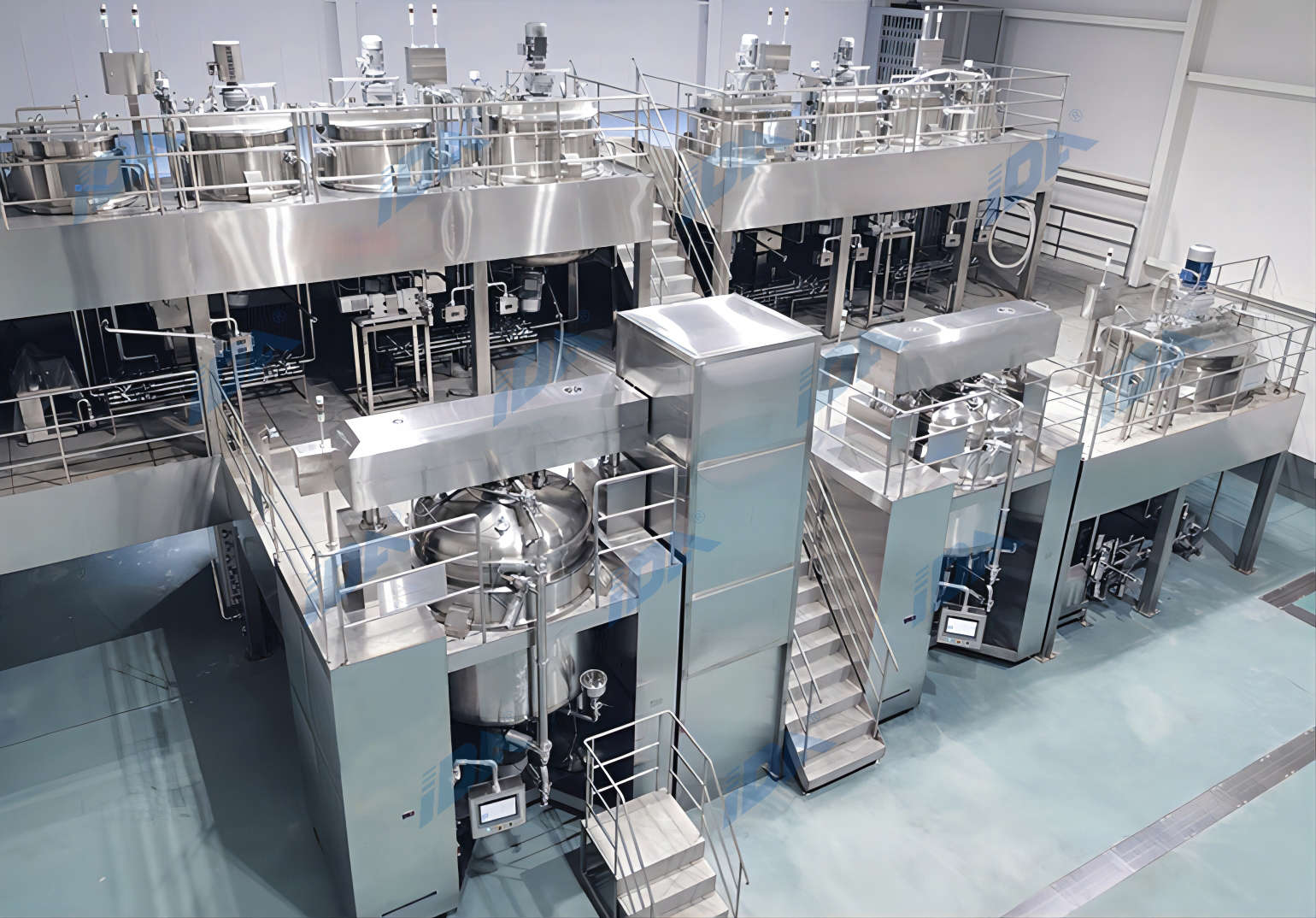
Vacuum emulsifier
1、Vacuum homogeneous emulsifiers produced by our company are diversified in variety. Among them, the homogenizing system is divided into upper homogenizing, lower homogenizing, internal and external circulation homogenizing, the stirring system is divided into one-way stirring and two-way stirring, and the ribbon stirring; the lifting system is divided into Single-cylinder and double-cylinder lifting, and various products that meet the needs can be customized according to customer requirements;
2、Triple stirring adopts imported frequency converter to adjust the speed, which can meet the production needs of different processes;
3、Using double-end mechanical seal effect, the speed of the emulsifier can reach 4200 rpm, and the highest shear fineness can reach 0.2-5 μm;
4、Vacuum degassing production, and vacuum suction, especially for powder materials to avoid dust flying;
5、The lid of the main pot can be equipped with a lifting device, which is convenient for cleaning and has a more obvious cleaning effect, and the pot body can be used for dumping and discharging;
6、The pot body adopts a three-layer stainless steel structure, and the pot body and pipes are mirror-polished; according to the process requirements, the pot body can heat and cool materials, and the heating methods mainly include steam and electric heating.
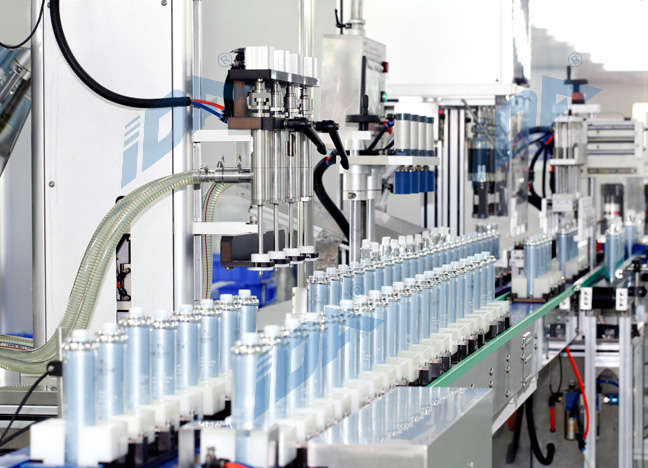
Automatic Filling Line
1、The automatic paste filling machine uses programming control (PLC) human-machine interface technology, which is suitable for filling paste products produced in industries such as cream, oil, syrup, sauce, fruit juice, etc., and the filling nozzle is automatically inserted into the bottle for filling , and pick up quickly to reduce air bubbles.
2、The product integrates motor and pneumatic, reasonable design, good stability, accurate quantification, glass table top, automatic bottle feeding, stable and noiseless operation, electronic speed control of filling speed and filling volume, convenient disassembly and cleaning, and high working efficiency.
3、The whole machine includes: two to twelve filling heads, adjustable speed control conveyor belt, high-strength stainless steel frame, etc.